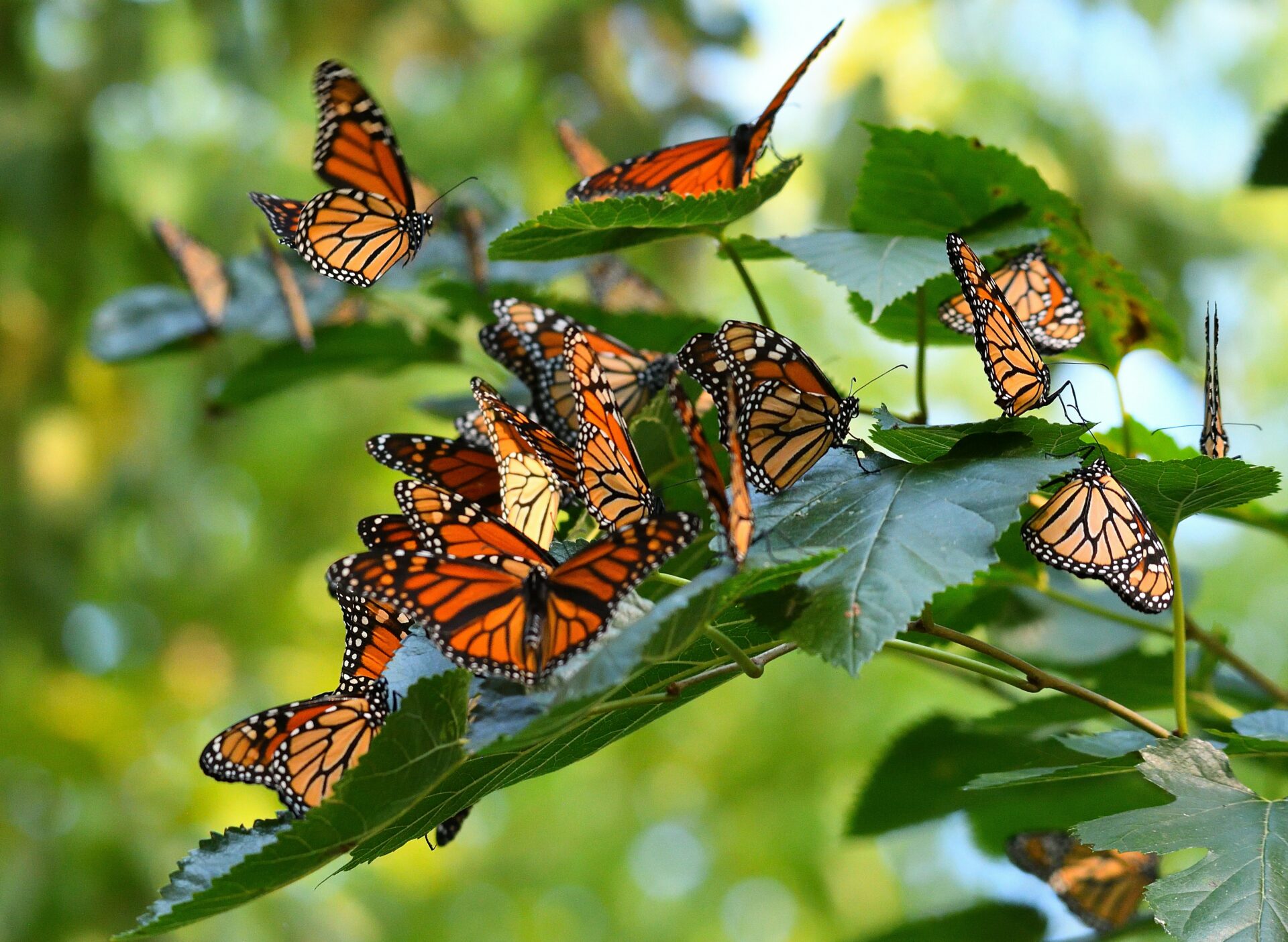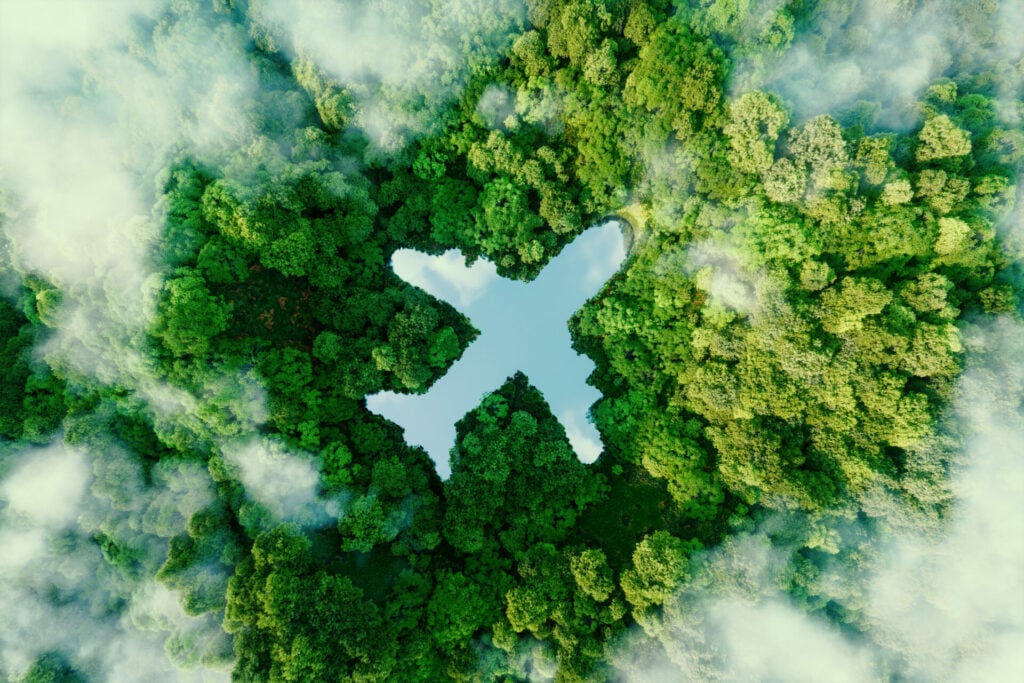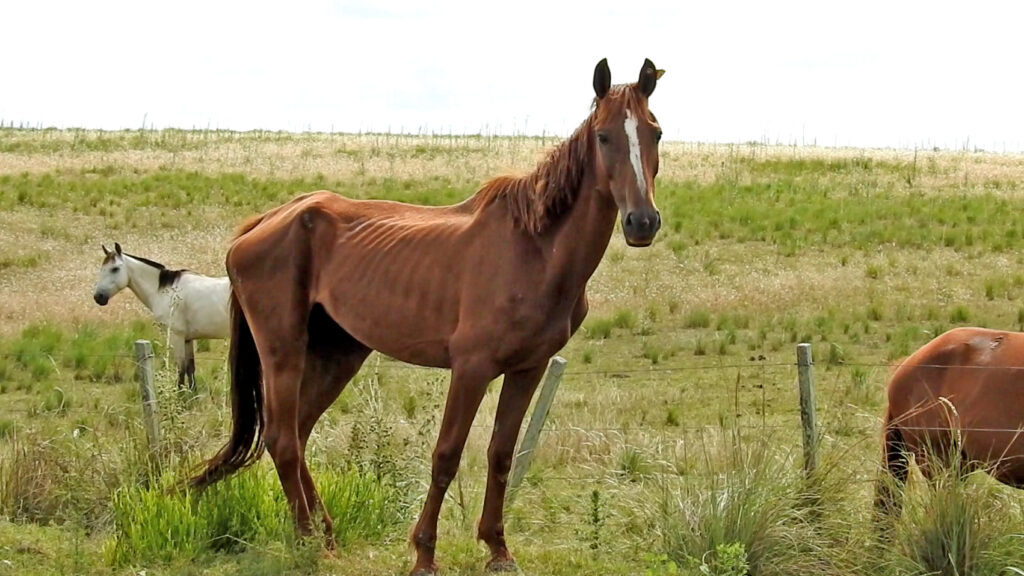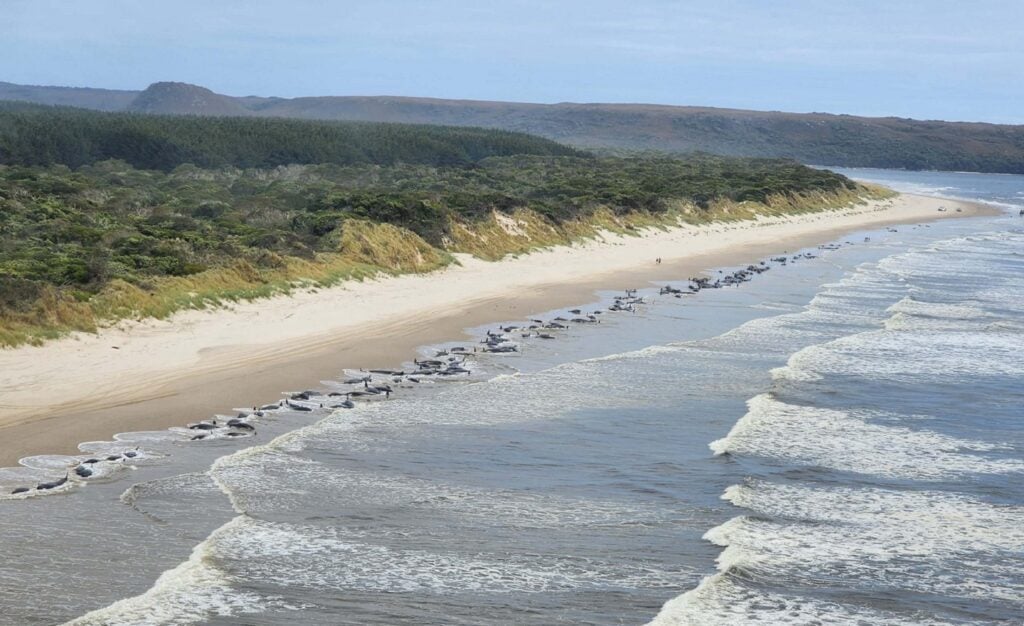They arrive like a living mosaic, wings beating like delicate orange flames against the sky. For generations, monarch butterflies have performed one of nature’s most extraordinary feats — migrating nearly 4,000 kilometers across North America to overwinter in the mountain forests of central Mexico. But each year, there are fewer of them. And each year, the silence grows.
The monarch butterfly, once a ubiquitous presence in backyards, fields, and wildflower meadows across the continent, is vanishing. In the 1990s, an estimated one billion butterflies made the journey south. Today, that number has plummeted by over 80 percent. The species is being slowly erased by deforestation, pesticides, industrial agriculture, and climate change.
In July 2022, the migratory monarch was officially classified as endangered by the International Union for Conservation of Nature (IUCN), a red flag that came far later than it should have. Scientists, indigenous communities, and conservationists have been sounding the alarm for years.
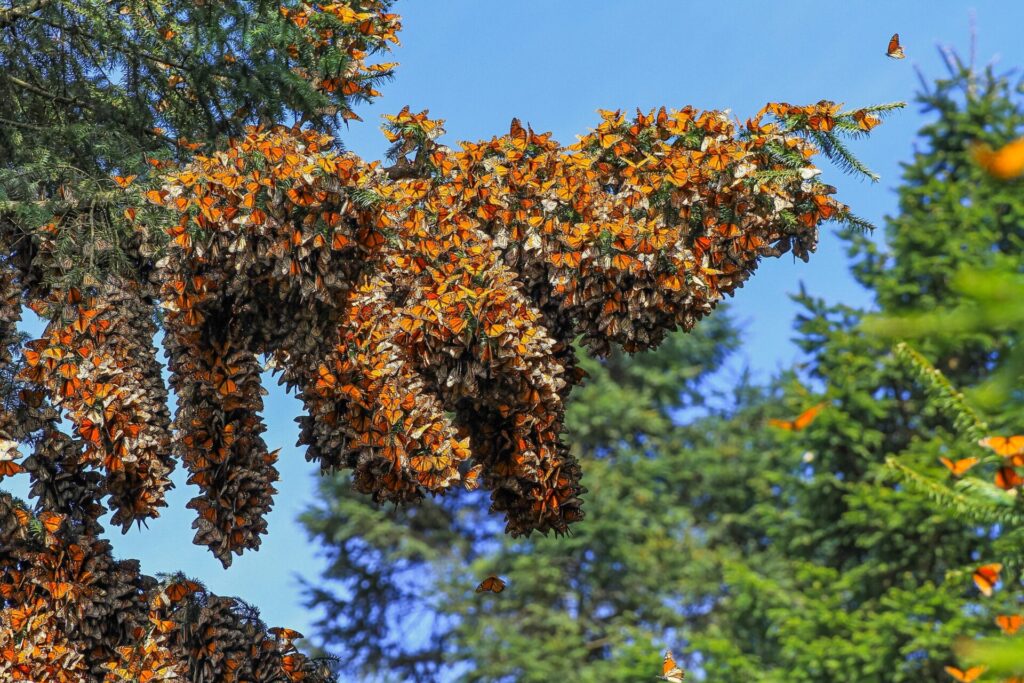
The overwintering sites in Mexico – once dense with quivering monarchs clinging to oyamel fir trees – are shrinking. Satellite surveys and conservationists on the ground report shrinking habitats and rising tree loss, often due to illegal logging. ‘These butterflies need specific conditions to survive the winter,’ says Eduardo Rendón-Salinas of WWF Mexico. ‘But the microclimate they rely on is being disrupted.’
Why Monarch Butterflies Are Disappearing
But the danger doesn’t begin in Mexico. It starts with the loss of milkweed — the only plant monarch butterflies will lay their eggs on and the only food their caterpillars can eat. Across the U.S. and Canada, milkweed has been all but wiped out by herbicide-heavy farming practices and suburban sprawl.
Glyphosate, the active ingredient in Monsanto’s Roundup, is widely blamed for the eradication of wild milkweed in agricultural corridors, turning vast stretches of land into ecological deserts.
Glyphosate, the active ingredient in Monsanto’s Roundup, is widely blamed for the eradication of wild milkweed in agricultural corridors, turning vast stretches of land into ecological deserts. Without milkweed, there are no caterpillars. And without caterpillars, there are no butterflies.
In the American Midwest – once a stronghold for monarch breeding – native grasslands have been replaced by soy and corn fields. Between 2008 and 2016 alone, the U.S. lost more than 1.3 million acres of monarch habitat per year.

Climate change is compounding the crisis, bringing late frosts, severe droughts, and violent storms to breeding grounds and migratory paths.
The monarch is not alone in its decline. Insect populations globally are in free fall, a phenomenon dubbed the ‘insect apocalypse.’ But what makes the monarch’s case so poignant is its visibility. This is a species that has long held cultural, ecological, and even spiritual significance, from Aztec mythology to contemporary festivals of Día de los Muertos, where monarch butterflies are believed to carry the souls of the departed. Their disappearance is more than an environmental loss; it is a cultural erosion.
This is a species that has long held cultural, ecological, and even spiritual significance, from Aztec mythology to contemporary festivals of Día de los Muertos, where monarchs are believed to carry the souls of the departed
Efforts to save monarch butterflies are underway, but they are fractured and underfunded. Protected reserves in Mexico, like the Monarch Butterfly Biosphere Reserve in Michoacán, are crucial but insufficient if the butterflies cannot survive the journey to get there.
Solutions in Action
While the threats to monarch butterflies are severe, they’re not insurmountable, at least not yet. Across North America, efforts are underway to repair some of the damage. But as with most conservation work, progress is slow against the scale of what’s been lost.
One of the most effective steps is also the most basic: putting milkweed back into the landscape.
‘Basically, we’ve concluded that planting habitat anywhere you can in the agricultural landscapes of the Upper Midwest will support growth of the monarch’s breeding generations,’ says Steven Bradbury, an entomologist and former director at the U.S. EPA, now at Iowa State University. His team works with farmers to create buffer zones and field edges where milkweed and native wildflowers can thrive.
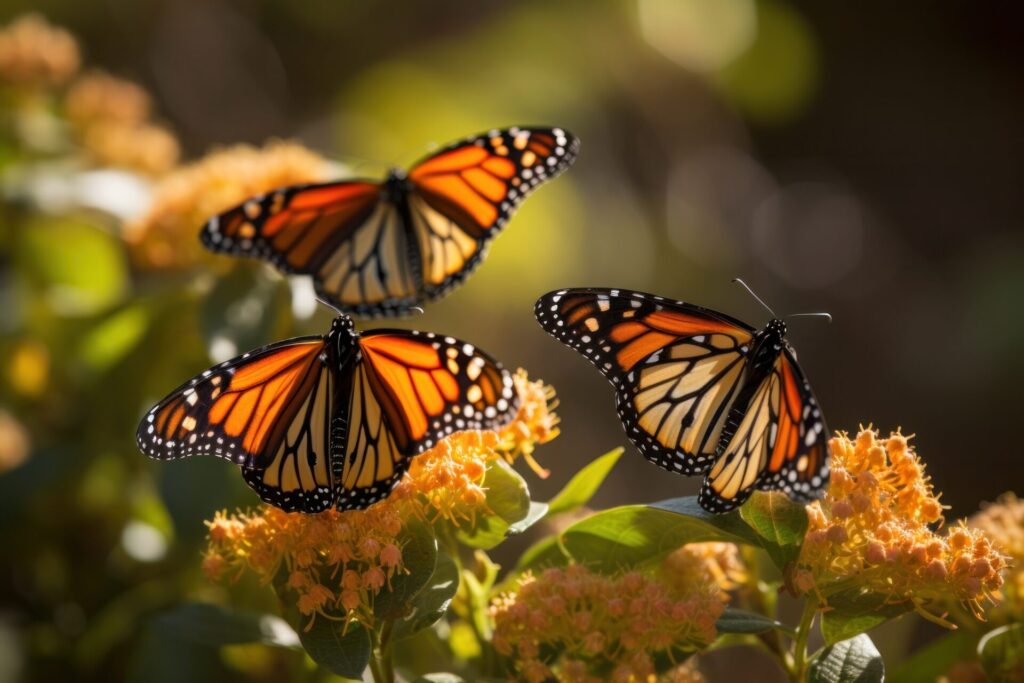
In cities, some local governments are experimenting with ‘pollinator corridors’, stretches of roadside and parkland planted with nectar-rich native plants. These aren’t silver bullets, but they do create critical stepping stones for monarchs during migration.
Meanwhile, in backyards across the continent, everyday citizens are planting small patches of habitat. Monarch Watch, a Kansas-based conservation group, has registered over 40,000 certified ‘waystations’, small gardens intended to provide food and shelter for butterflies during their journey.
The work extends to international cooperation as well. The U.S., Canada, and Mexico have jointly signed conservation agreements, including the North American Monarch Conservation Plan, to preserve and restore migratory corridors, ban harmful pesticides, and rewild landscapes with native milkweed and nectar plants. But experts stress that good intentions are not enough.
‘This is a species that connects three countries,’ says monarch biologist Karen Oberhauser. ‘It’s going to take cooperation across borders to save it.’
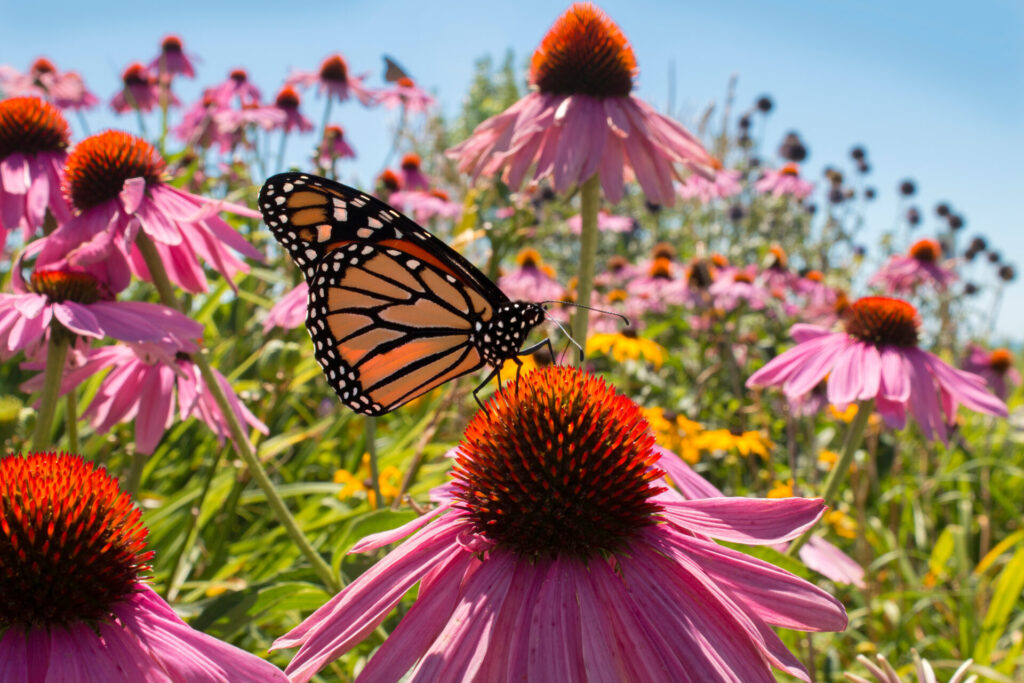
That cooperation includes not just governments and NGOs, but regular citizens. From schoolchildren tagging butterflies to farmers setting aside part of their land for habitat, the monarch’s survival increasingly depends on our willingness to act.
There’s increasing awareness that local communities, especially indigenous tribes , have an important role to play in recovery efforts. Their knowledge of ecosystems, weather patterns, and seasonal cycles is irreplaceable. In many parts of Mexico, it’s these communities that are replanting trees, monitoring populations, and protecting the forests monarch butterflies return to each year.
If a butterfly that weighs less than a paperclip can cross an entire continent only to find its way home, then surely we can find the will to protect it.

